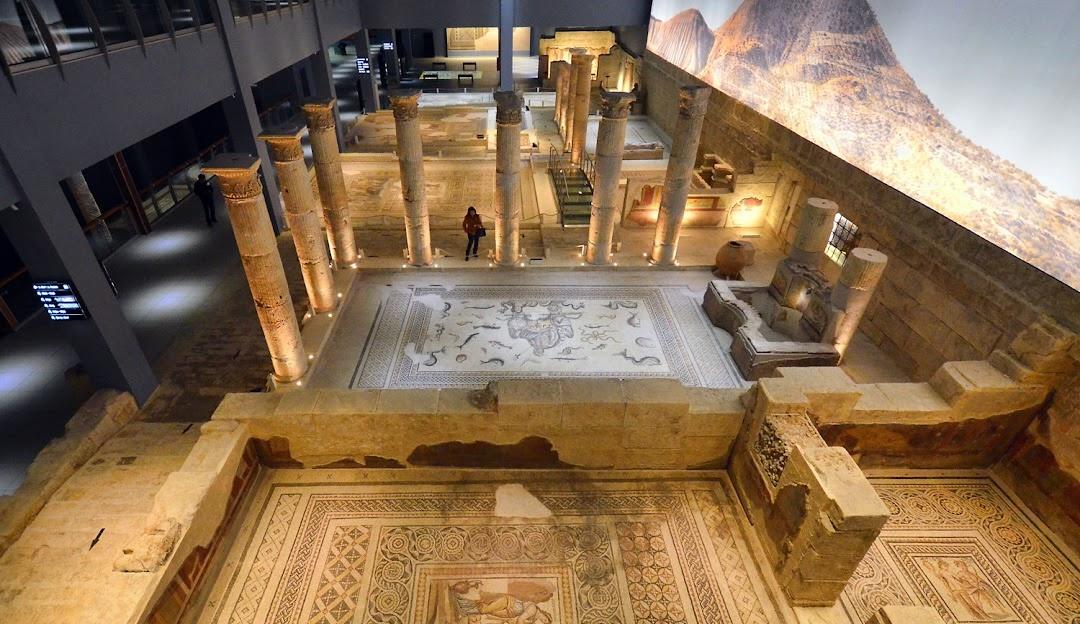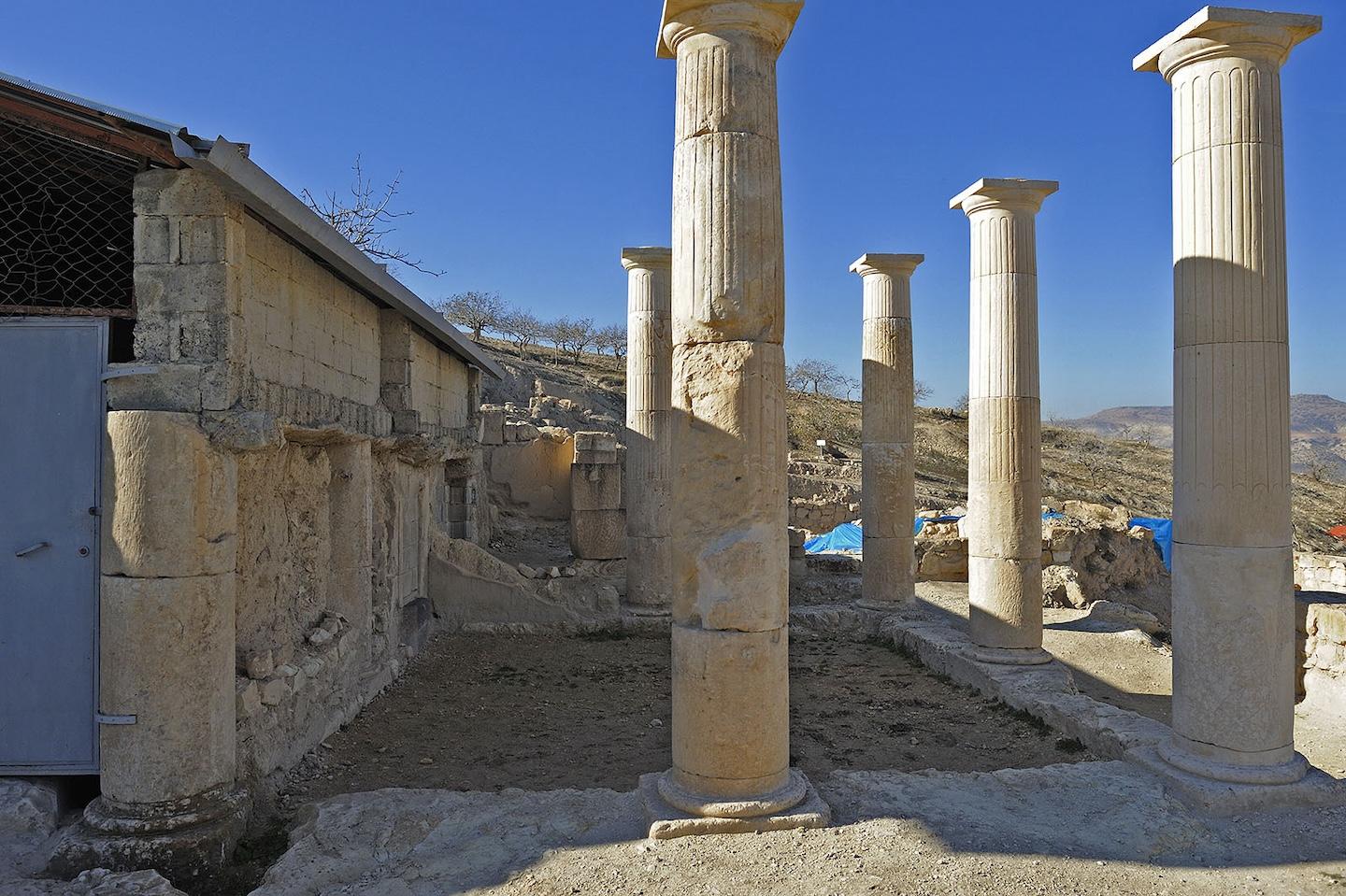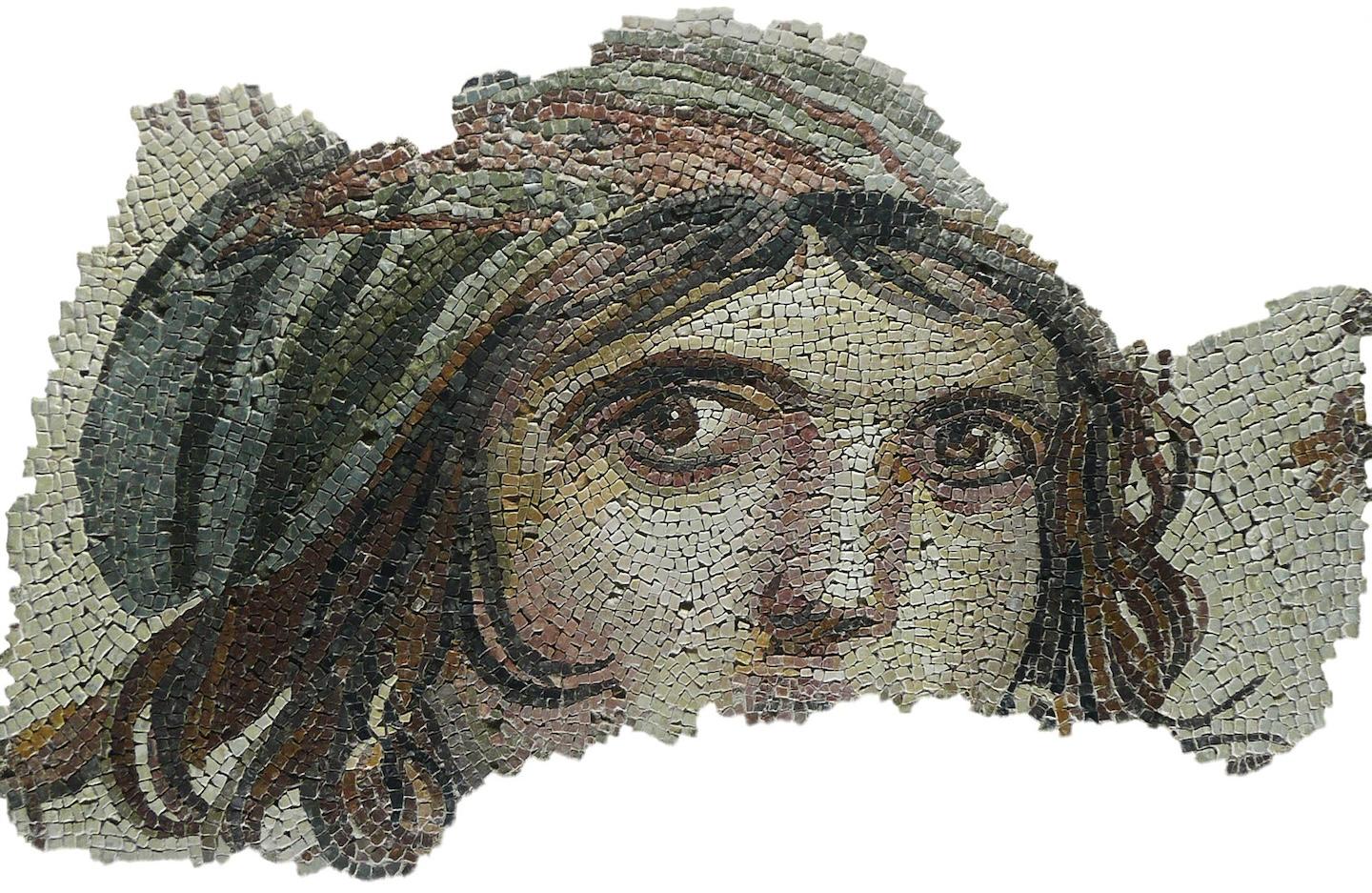Zeugma
Mosaics of the Euphrates
Famous for its intricate Roman mosaics, Zeugma was an important Hellenistic city on the banks of the Euphrates. The Zeugma Mosaic Museum now holds one of the largest collections of ancient mosaics in the world.

1.History
Zeugma was an ancient city of Commagene, located in modern-day Gaziantep Province in southeastern Turkey, near the Euphrates River. Founded by one of Alexander the Great’s generals, Seleucus I Nicator, in the 3rd century BC, the city served as a strategic and commercial hub. Its position on the river made it a critical crossing point, earning the name “Zeugma,” which means “bridge” or “crossing” in Greek. As a vital link between the Eastern and Western empires, Zeugma prospered under Roman rule, especially during the 1st and 2nd centuries AD when it became an important part of the Roman Empire. The city was known for its wealth, opulent villas, and vibrant mosaics, as well as its position as a military outpost guarding the empire’s eastern borders.
Zeugma’s wealth is best evidenced by the stunning mosaics discovered in the remains of its Roman villas. These mosaics, many of which adorned the floors of luxurious homes, depict scenes from mythology, nature, and everyday life, showcasing the city’s artistic achievements and cultural connections to the Greco-Roman world. Among the most famous is the “Gypsy Girl” mosaic, with its enigmatic expression, which has become an iconic symbol of the city. Over time, Zeugma faced repeated invasions and ultimately fell to the Sassanids in the 3rd century AD, leading to its gradual decline and abandonment.
In modern times, the ancient city gained renewed attention when many of its mosaics were discovered during rescue excavations, prompted by the construction of the Birecik Dam, which threatened to submerge parts of the archaeological site. These excavations led to the establishment of the Zeugma Mosaic Museum in Gaziantep, which houses an extraordinary collection of these intricate and well-preserved mosaics.
Zeugma museum
The museum is now one of the largest mosaic museums in the world and serves as a vital cultural institution, preserving the artistic and historical legacy of Zeugma for future generations. Today, Zeugma remains an essential site for understanding the cultural and artistic interactions between the Roman Empire and the East, and its mosaics continue to draw visitors and scholars alike.

2.How to get there
Zeugma is located near the town of Nizip, in Gaziantep Province, southeastern Turkey. The best way to reach the site is by private car, following the Gaziantep-Nizip road for about 50 kilometers. Alternatively, there are buses and minibuses from Gaziantep that stop in Nizip, from which you can take a taxi to the site. While visiting, don’t miss the Zeugma Mosaic Museum in Gaziantep, home to one of the world’s largest collections of Roman mosaics, showcasing stunning pieces from the ancient city.
3.GALLERY





4.Explore Nearby Sites
You can also explore several nearby historical spots around Zeugma. These close-by attractions offer further insight into the rich history of the region and are easily accessible for visitors wanting to extend their journey: